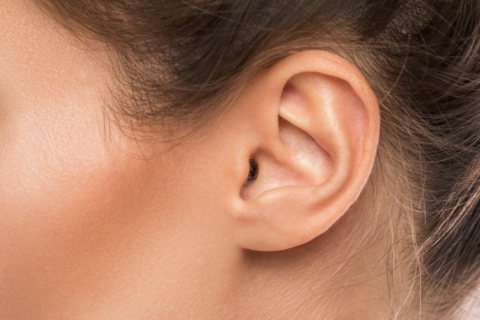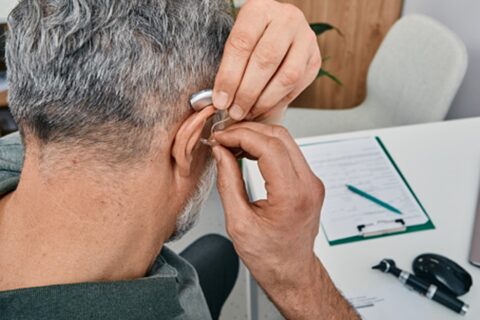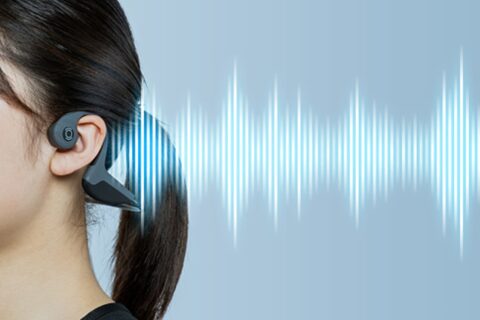All About Earwax

Earwax, also known as cerumen, is a yellowish or brownish-waxy substance produced by glands in the ear canal. It serves as a natural defense mechanism to protect the ear canal and the eardrum from foreign objects, dirt, and dust particles. Earwax is formed by a combination of sebum, a fatty substance produced by sebaceous glands, and dead skin cells that line the ear canal. The glands that produce earwax are located in the outer portion of the ear canal, near the entrance of the ear.
Earwax has several purposes. The first function is to protect the ear canal from bacteria and fungi that can cause ear infections. Earwax contains lysozyme, an enzyme that helps destroy harmful bacteria and prevent infection. Secondly, earwax acts as a lubricant to keep the ear canal moist and prevent it from drying out. The wax also helps to trap dust and other small particles that may enter the ear, preventing them from reaching the eardrum and causing damage. Finally, earwax acts as a natural cleanser by removing dead skin cells and other debris from the ear canal. As new skin cells are produced in the ear canal, they push the old skin cells and earwax toward the ear’s outer opening, where they can be easily removed.
While earwax serves many important functions in the ear, excessive buildup of earwax can lead to problems. Too much earwax can cause a blockage in the ear canal, leading to hearing loss, ear pain, tinnitus, and dizziness. Therefore, it’s important to know how to clean and remove earwax safely. The ear canal is a self-cleaning organ, and in most cases, earwax will naturally migrate out of the ear canal without any intervention. However, some people may produce more earwax than others, leading to an accumulation of wax in the ear canal.
To clean earwax, it’s important to avoid using cotton swabs or other objects to clean the ear canal. These objects can push the earwax deeper into the ear canal, leading to a blockage that can cause further down into the canal and can even get stuck, which can cause discomfort and potential damage to the eardrum, even after one use. Rather, you should consult a doctor or an audiologist to remove the earwax safely. They can use specialized instruments, such as a curette or suction device, to remove the earwax without causing any damage to the ear canal or eardrum.
Contact Florida Gulf Coast Hearing Center if you have excessive earwax that is causing hearing loss. We can remove it safely, and offer recommendations for maintaining healthy ears and treating any hearing loss.


